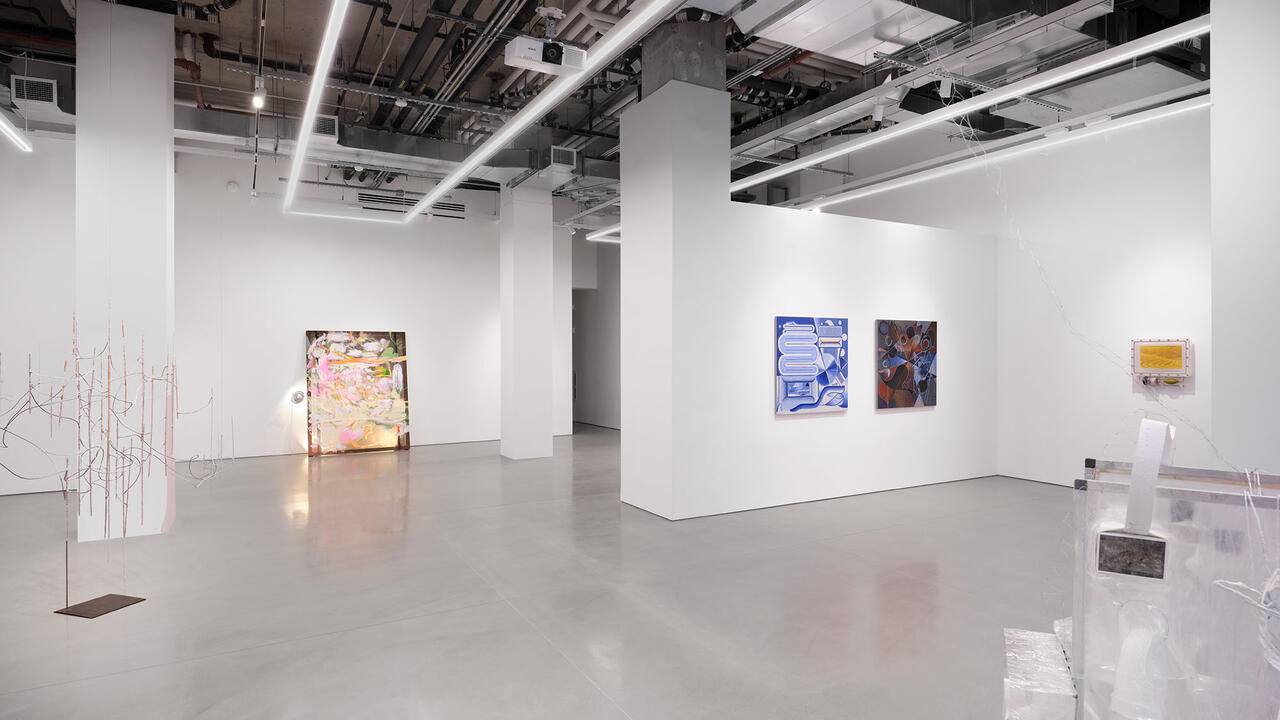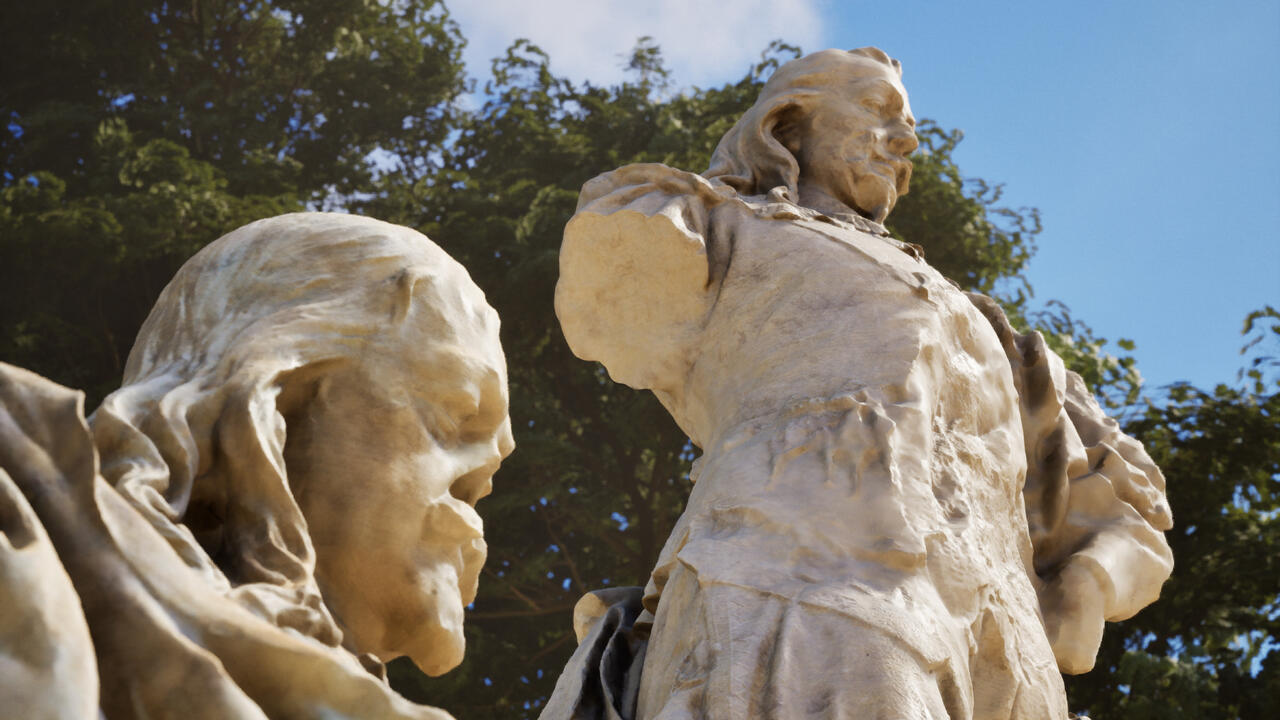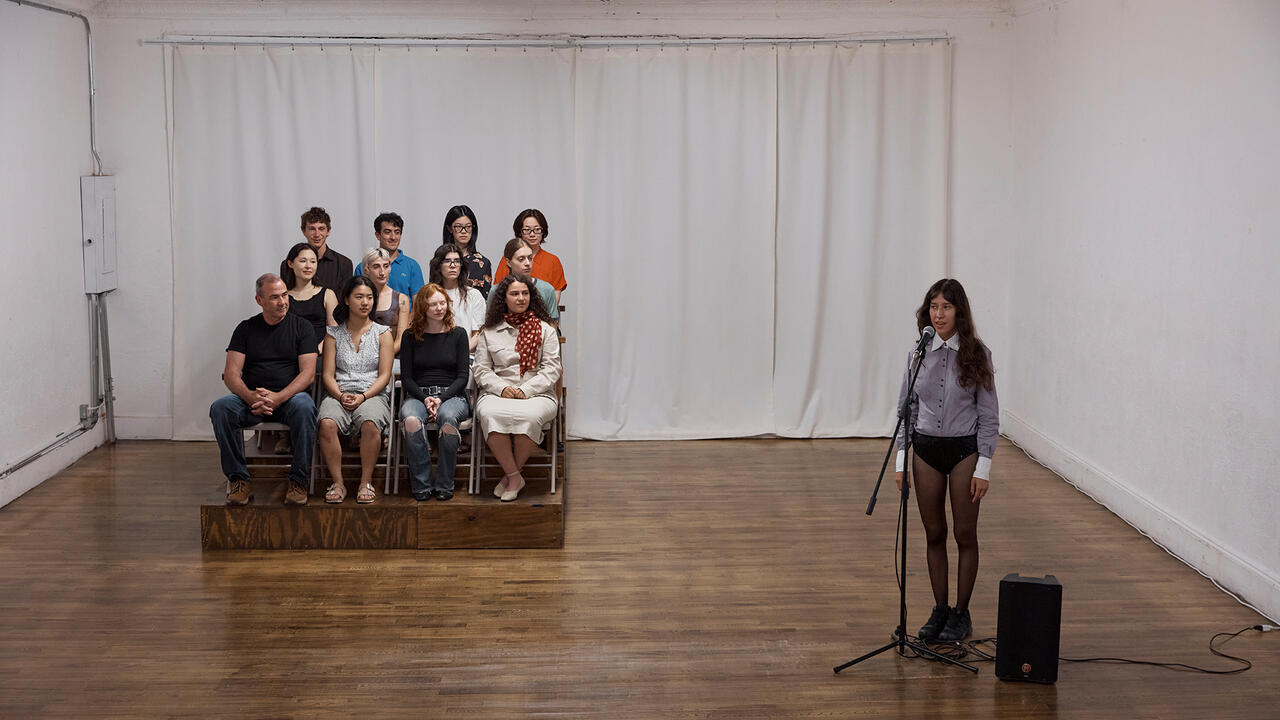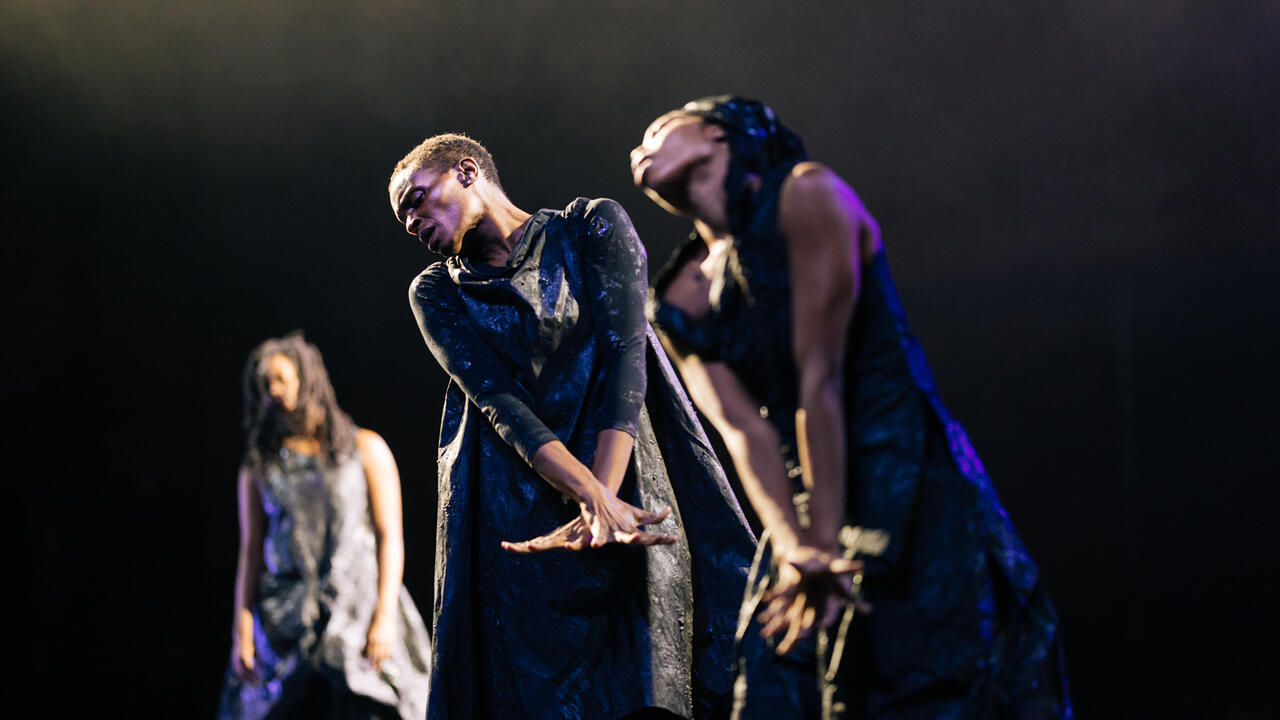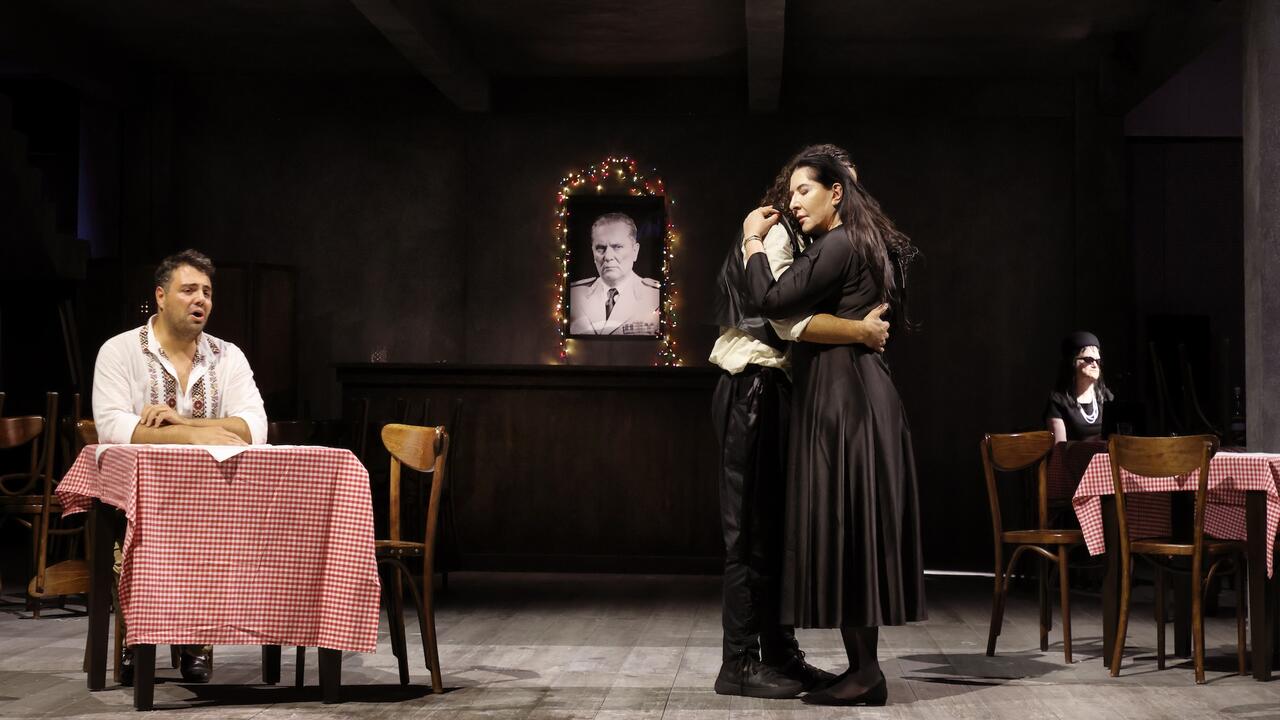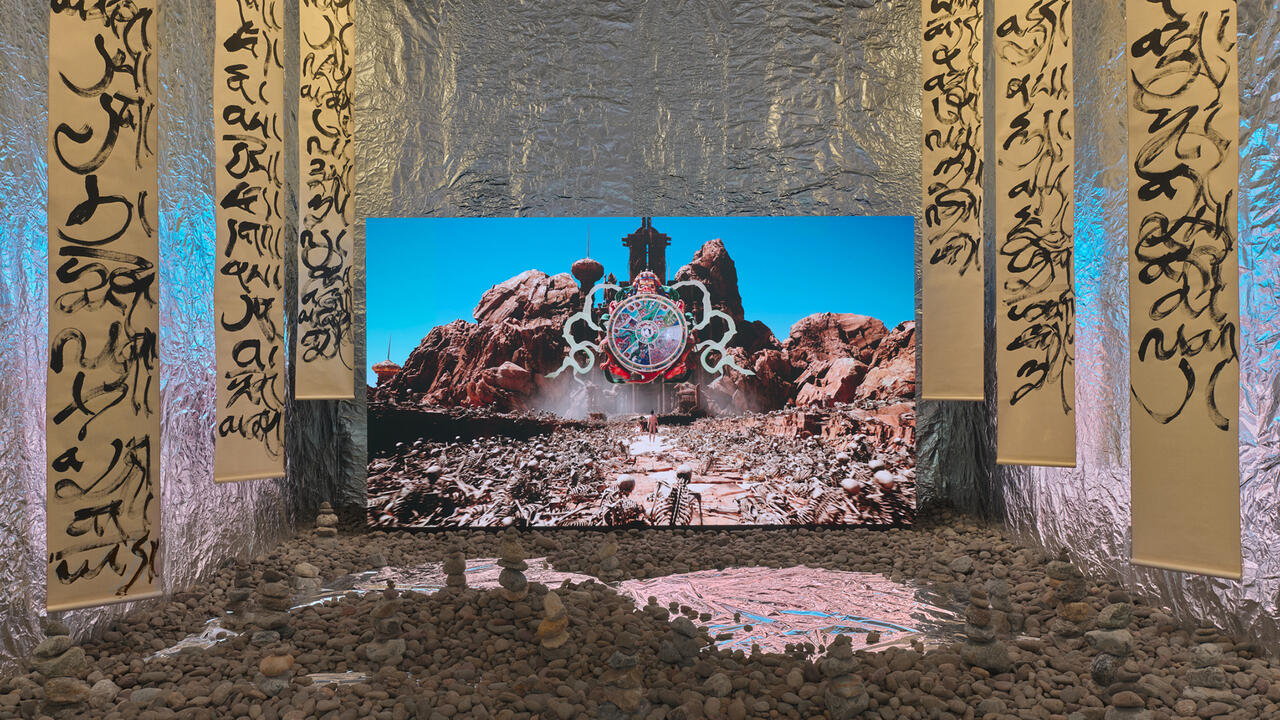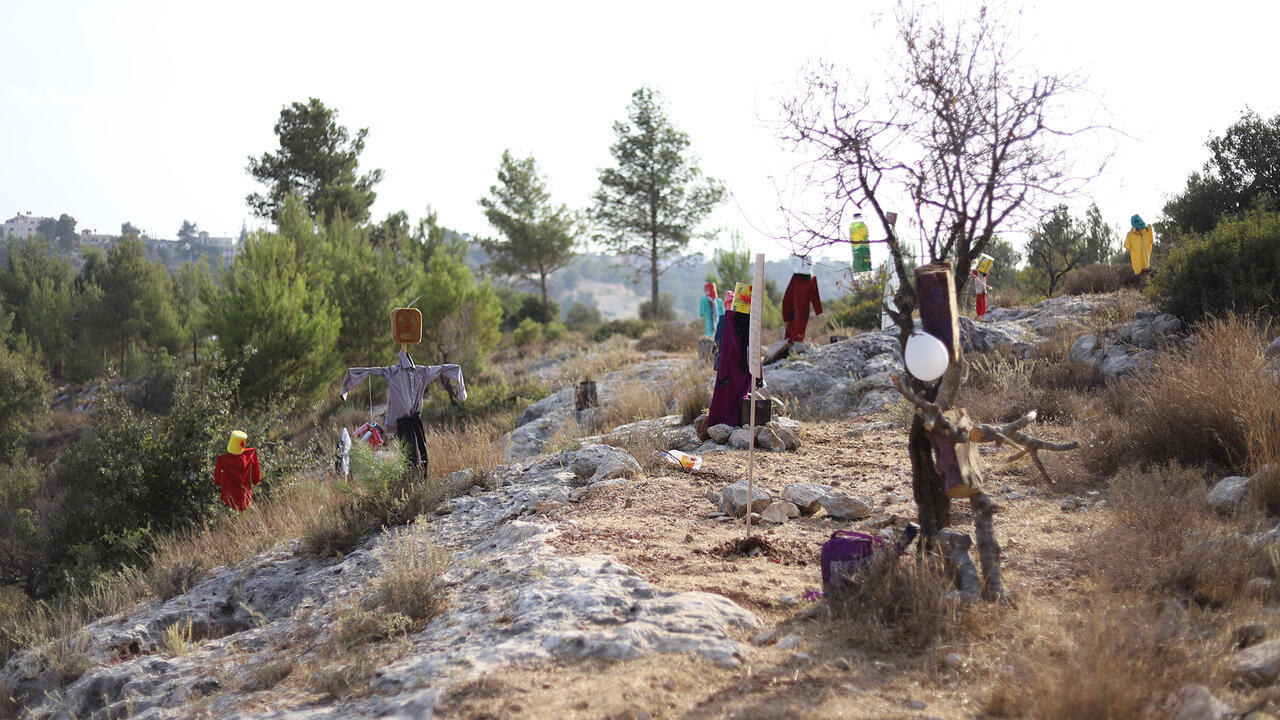Ana Mendieta
Whitney Museum of American Art, New York, USA
Whitney Museum of American Art, New York, USA
It’s commonplace to note when exhibitions offer a timely opportunity to reconsider an artist’s work, but in Ana Mendieta’s case such observations are as disturbing as they are apt. ‘Ana Mendieta: Earth Body, Sculpture and Performance, 1972–1985’ follows a smattering of shows and thoughtful critical re-examinations that have cropped up in recent years, and it should contribute greatly toward fostering an appreciation of Mendieta’s elusive yet rigorous projects. Not least important, it is accompanied by a substantial catalogue featuring incisive essays by Olga M. Viso, Chrissie Iles, Julia P. Herzberg and Guy Brett. But the prevailing misinterpretation, marginalization or outright dismissal of Mendieta’s work since her premature death in 1985 have a particular sting. This re-evaluation is long overdue – and much deserved.
The show opens with striking photographic images that document early performances in which Mendieta enacted dramatic bodily transformations – applying thick make-up, donning wigs, covering her face with a torn stocking – whose similarity to later works by Cindy Sherman has been noted by more than one critic. Other photographs capture tough performances incorporating blood, which responded to Viennese Actionism as well as feminist concerns. The show pays special attention to these and other works Mendieta created during her decade-long stint at the University of Iowa, where she enthusiastically participated in Hans Breder’s ground-breaking Intermedia programme. Breder (who was Mendieta’s lover and occasional artistic collaborator before her marriage to Carl Andre) promoted an interdisciplinary, process-oriented approach to art-making, and brought an array of artists involved with Conceptual and Performance art to visit, including Scott Burton and Vito Acconci.
Equally important for Mendieta were trips she began to take to Mexico, which fed her growing fascination with pre-Columbian iconography. In Mexico she also made the first of her ‘Siluetas’ (1973–80), richly developed, eerily symbolic works in which she cut, burnt, drew or otherwise shaped a human silhouette (usually her own) into an array of outdoor sites. In Cuba, the homeland from which she had been exiled at the age of 12 and to which she often longed to return, she produced her ‘Rupestrian Sculptures’ (1981), carving anthropomorphic shapes into ancient limestone grottoes. Questioning the tendency of much Earth art to dominate the landscape, she used the term ‘Earth Body’ to describe her ephemeral interventions. The stark beauty of the ‘Siluetas’ (all the more potent for being incidental) is hard to overstate – in photographs and films red and white flowers glow against sand, water, or greenery; flames, sometimes tinted by the artist, burn against sky and earth.
Mendieta drew heavily on research about indigenous beliefs, including Santería deities. Fearing essentialist readings, she eventually attempted to distance her work from association with feminist goddess cults, but biases were hard to shake. Sculptures and drawings Mendieta produced during the early 1980s are haunting but uncharacteristically static. On the other hand, the Super-8 films with which she carefully documented her actions form the show’s radiant heart. Iles notes in the catalogue that ‘just as Mendieta constructed each action and sculpture as a private act of meditation and dedication, she filmed each one in a way that allows it to be re-experienced.’ Camera angles, distance, framing and colour contribute to their tense poetry. Shot from multiple vantage points in the film Untitled (Flower Person) (1975), a white peony figure floats down a creek on a bier then breaks apart, evoking the dying Ophelia. The spine-tingling footage of Anima, Silueta de Cohetes (Soul, Silhouette of Fireworks, 1976) shows the artist’s wicker effigy exploding with fireworks at night-time.
Mendieta produced nearly 80 of these films, making her, as Iles points out, the most prolific artist-–filmmaker of the period. The tendency to overemphasize aspects of Mendieta’s personal biography, especially her gender and tragic death, calls to mind similar problems with the critical reception of Eva Hesse’s work. (In contrast, Robert Smithson’s reputation was only enhanced by his early demise, which was perceived as unconnected to his artistic production rather than somehow inevitable.) But this Cuban émigrée knew that she faced multiple challenges in presenting her radically inventive work. A decade ago Luis Camnitzer wrote perceptively in his book New Art of Cuba of the rift between Mendieta’s art and the contemporary American mainstream caused by the dual preoccupation with her work as ‘ethnic and feminist’. He wrote: ‘The fact of her double separateness, along with the artificiality of the quota system, created a static that tended to interfere with a direct relationship to her work by the audience.’ Camnitzer went on to quote derogatory remarks made by certain critics after Mendieta’s death and to note that, even in 1994, the time was not ripe for adequate appreciation of her work. One hopes that time has finally arrived.










